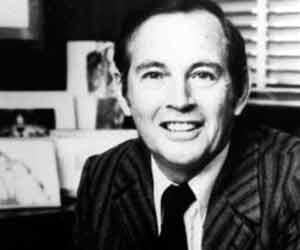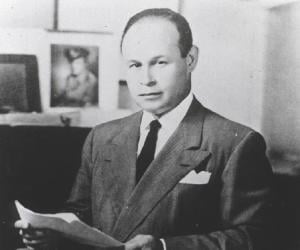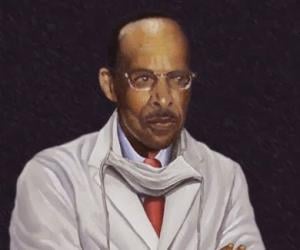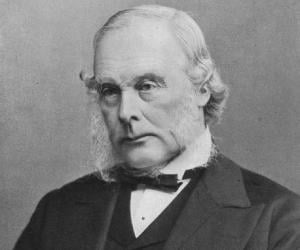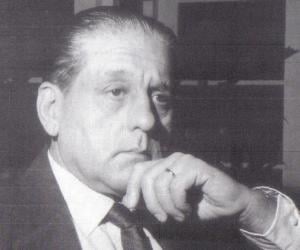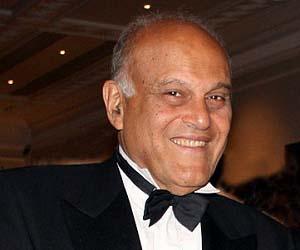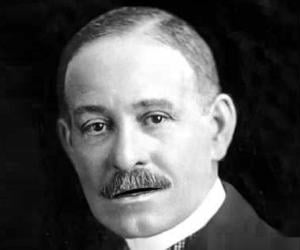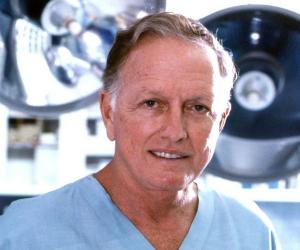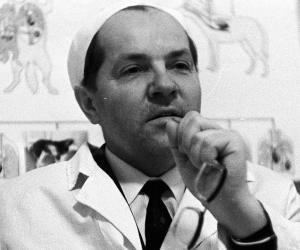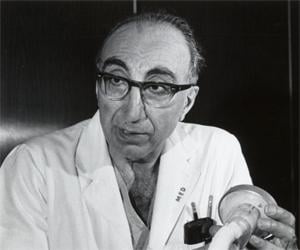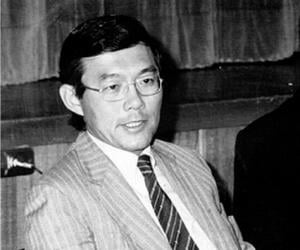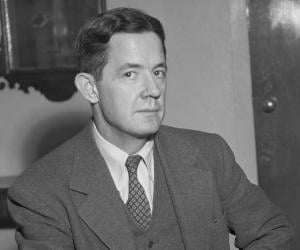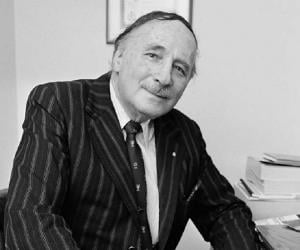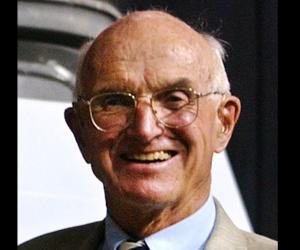Born into a middle-class African-American family, Charles R. Drew initially excelled in football and track and field, and ended up earning athletic scholarships to fund his studies. He grew up to be a renowned surgeon and revolutionized the storage of blood plasma in blood banks.
Vivien Theodore Thomas was laboratory supervisor who never went to college; yet he rose above poverty and racism to develop a procedure for treating cyanotic heart disease. Initially billed as janitor, he began his career as assistant to surgeon Alfred Blalock first at Nashville University and later at Johns Hopkins, and in time discovered the life-saving technique, eventually becoming a teacher of operative techniques.
British surgeon Joseph Lister was a pioneer of antiseptic medicine usage and made a huge contribution to the development of preventive medicine for bacterial infection. His achievements have been honored by many, such as the makers of Listerine antiseptic and mouthwash, who named their product after him.
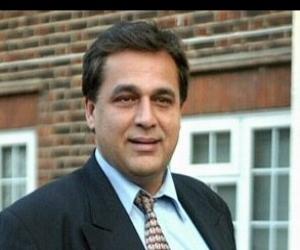
Better known as former lover of Princess Diana, British-Pakistani cardiac surgeon Hasnat Khan was once described by the late princess as “Mr Wonderful.” He had first met Diana at the Royal Brompton Hospital, where the princess had gone to visit a friend. Hasnat is a distant relative of Imran Khan.
René Gerónimo Favaloro was an Argentine educator and cardiac surgeon. He is best remembered for his work on coronary artery bypass surgery. Favaloro is credited with establishing the Favaloro Foundation in an attempt to emulate Cleveland Clinic. He is also credited with founding the Basic Investigation Laboratory, which was financed with his own money.
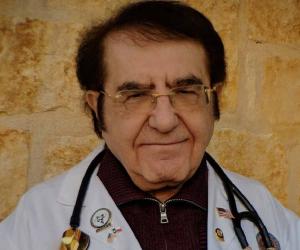
Magdi Yacoub is a retired professor who worked at Imperial College London. He is best known for his work in repairing heart valves, a procedure which came to be known as the Ross-Yacoub procedure. In 1983, he performed the United Kingdom's first combined lung and heart transplant. Also a humanitarian, Yacoub co-founded the Magdi Yacoub Global Heart Foundation in 2008.
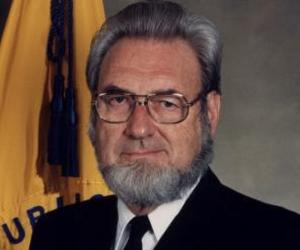
C. Everett Koop was a pediatric surgeon and public health administrator who served as the 13th Surgeon General of the United States under President Ronald Reagan. Previously, he had been a vice admiral in the Public Health Service Commissioned Corps. He was well-known for his support of the rights of children with disabilities and his work with AIDS patients.
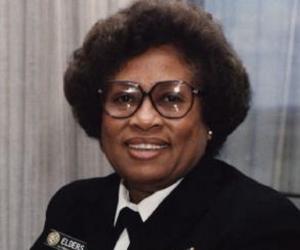
The second female U.S. surgeon general, Joycelyn Elders is a renowned pediatrician and one of the first Black women to reach the pinnacle of the medical field in the U.S. She has been dragged into multiple controversies, one of them being a result of her support for sex education and masturbation.
Daniel Hale Williams was a general surgeon known for performing the first documented, successful pericardium surgery in the US in 1893. Born to interracial parents, he faced numerous struggles in his journey to become a physician. He later founded the first non-segregated hospital in the United States, Chicago's Provident Hospital. He also founded a nursing school for African Americans.
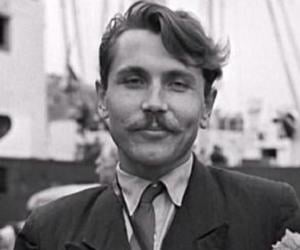
Leonid Rogozov was a Soviet general practitioner remembered for performing his own appendectomy as he developed appendicitis while stationed at Novolazarevskaya Station; he was part of the sixth Soviet Antarctic Expedition in 1961 when he developed appendicitis. The self-surgery, which was documented by Rogozov’s colleagues, resulted in a change of policy and health checks were made mandatory during such expeditions.
Denton Cooley was a heart and cardiothoracic surgeon. He is best known for performing the first implantation of a total artificial heart. He did his surgical training at the Johns Hopkins School of Medicine and later worked at Baylor College of Medicine. He founded The Texas Heart Institute and was a consultant at Texas Children's Hospital.
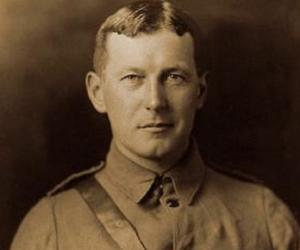
Best known for his iconic war poems such as In Flanders Fields, Canadian poet John McCrae was also an army physician. He was the first Canadian to serve as a consulting surgeon for the British Army and had earned the rank of Lieutenant Colonel in the Canadian Army.
Cardiac surgeon Michael DeBakey pioneered many treatments of cardiovascular ailments and also invented instruments such as the roller pump, later used for open-heart surgery procedures. He was also instrumental in developing MASH units and was awarded several prestigious awards, such as the Presidential Medal of Freedom and the Congressional Gold Medal.
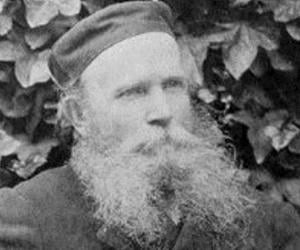
William Chester Minor was an army surgeon and lexicographical researcher. He studied at Yale Medical School and earned a medical degree with a specialization in comparative anatomy. He then became an army surgeon. He was later committed to a London psychiatric hospital for many years as he suffered from paranoid delusions. He became a lexicographical researcher while incarcerated.
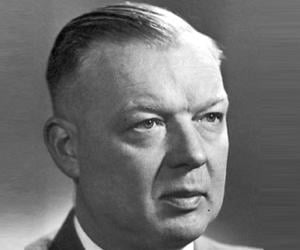
German physician Werner Forssmann is best-known for developing a method that allowed cardiac catheterization. This led him to jointly receive the 1956 Nobel Prize in Medicine. Forssmann started clinical application of cardiac catheterization in 1929, when he inserted a catheter into a vein of his forearm and safely passed it into his heart and took an X-ray picture of it.
Born to Australian-born Chinese parents in Shanghai, cardiac surgeon Victor Chang grew up in Hong Kong, Myanmar, and Sichuan, in the aftermath of the Second Sino-Japanese War. His mother’s death from breast cancer made him study medicine. The pioneer of heart transplantation, Chang was killed in an extortion attempt.
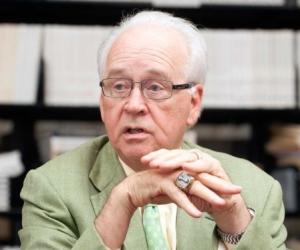
One of the best-known American orthopedic sports surgeons, James Andrews has been associated with multiple sports teams, such as Alabama Crimson Tide and the Tampa Bay Rays. Among his clients are sports stars Michael Jordan and Tom Brady. He has also headed various organizations, such as the American Sports Medicine Institute.
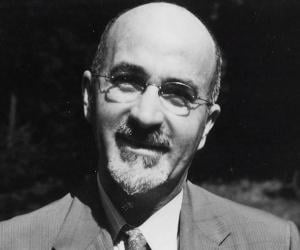
American neurologist Walter Jackson Freeman II is remembered for co-developing the technique of prefrontal lobotomy as a treatment for mental ailments, along with neurosurgeon James W. Watts. Though many of his patients died due to the treatment, he is still considered a pioneer in the field of neurosurgery.

Devi Shetty is an Indian cardiac surgeon and entrepreneur. He is best known as the founder of Narayana Health where he also serves as the chairman. Shetty, who has performed over 16,000 heart operations, was honored with the Padma Bhushan, India's third-highest civilian award in 2012. His life and career inspired an episode of Netflix's series The Surgeon's Cut.
Remembered as a medical pioneer and a much-loved mentor, Alfred Blalock is especially noted for his work on traumatic and hemorrhagic shock, which saved thousands of lives during WWII. Working with Vivien Thomas and Helen Taussig, he also developed the Blalock-Thomas-Taussig shunt. Designed to treat children with Blue Baby Syndrome, it ushered a revolution in the field of cardiac surgery.
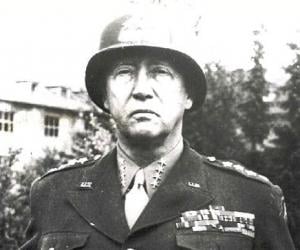
While serving at the Nazi concentration camps during World War II, doctor Ernst-Günther Schenck created a protein sausage for Nazi troops, which was tested on the camp inmates, leading to many deaths. His experiences were later penned by him in his memoir, which inspired films such as Downfall.
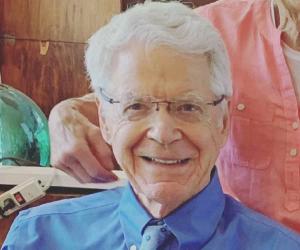
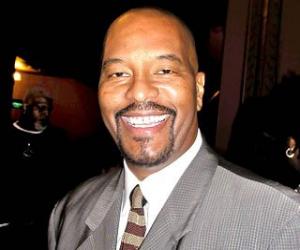
Cosmetic surgeon and TV personality Jan Adams made headlines after he conducted a liposuction, a tummy tuck, and a breast-reduction surgery on rapper Kanye West’s mother and she mysteriously died the following day. He has also penned books and appeared on shows such as Extra and The Other Half.
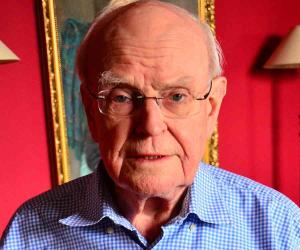
Eric Sidney Watkins or Professor Sid, as he was known within the Formula One fraternity, wanted to become a doctor since his childhood. An experienced neurosurgeon and academician, he later became Formula One's trackside consultant and safety adviser. He concentrated on creating sophisticated medical back-up necessary for providing timely treatment, thus saving many lives through prompt actions.
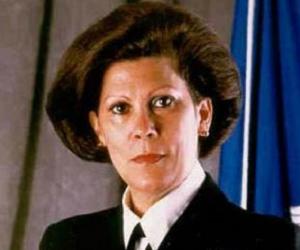
Antonia Novello became the first female and the first person of Hispanic origin to become the U.S. surgeon general. Initially a pediatric nephrologist, she later switched to Public Health Service, after realizing she was too emotional to be a pediatrician. The Puerto Rican physician was also a UNICEF representative.
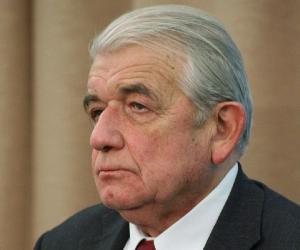
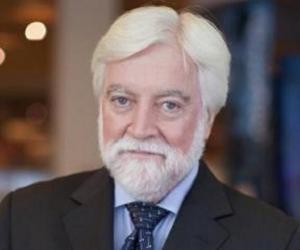
Pediatric neurosurgeon James T. Goodrich was an expert in cranial reconstructive surgeries and also conducted multiple successful operations on separating conjoined twins. The Columbia University alumnus also had also served the US Marines during the Vietnam War. He was also fond of travel and surfing. He succumbed to COVID-19 at age 73.
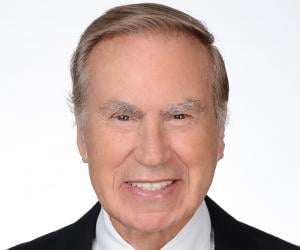
Originally professor of medicine, Werner Haase served as the deputy personal physician of German Chancellor Adolf Hitler from 1933 until the latter’s death in 1945, remaining with him in the Führerbunker to the very end. After Hitler committed suicide, he continued serving wounded soldiers and civilians until he was made a prisoner of war and died while serving his term.

American plastic surgeon and television presenter Garth Fisher, who specializes in aesthetic/cosmetic plastic surgery of different parts of the body including the face, nose and breast, is best known as the plastic surgeon on ABC aired American reality television series Extreme Makeover. He was knighted Sir Garth Fisher to honour his contributions and feats the field of plastic surgery.
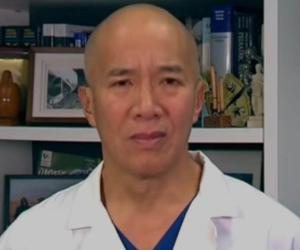
One of Australia’s best-known brain surgeons, Charlie Teo has been known for conducting operations that other surgeons would avoid for being too risky. Known for his excessively high fees, which have prompted patients to crowdfund operations, he later faced restrictions imposed by the Medical Council of NSW.

Hamilton Naki was a laboratory assistant who worked alongside cardiac surgeon Christiaan Barnard in South Africa. Despite not having a formal medical education, he was known for his dexterity with surgical equipment and his ability to teach medical students. Some sources claim he participated in the world's first human-to-human heart transplantation in 1967.
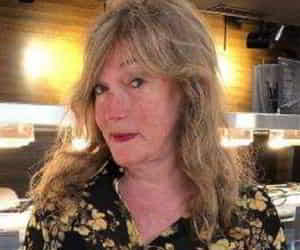
Considered to be the first transgender to specialize in sex reassignment surgery, American gynecologist Marci Lee Bowers is also a specialist in functional clitoral restoration. Beginning her career in obstetrics and gynecology, she later apprenticed under Stanley Biber, the father of sex reassignment surgery, and Pierre Foldès, a pioneer in clitoral restoration, before setting up her independent practice in California.
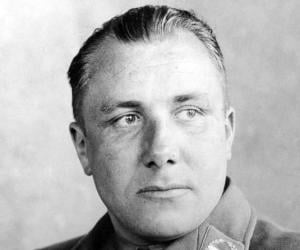
Nazi doctor Ludwig Stumpfegger was better known as Adolf Hitler's personal surgeon. He not only conducted gruesome experiments on female inmates of the concentration camps, but also helped kill Hitler’s dog and Magda Goebbels’s children in Hitler’s bunker, before he escaped and eventually committed suicide by consuming cyanide.
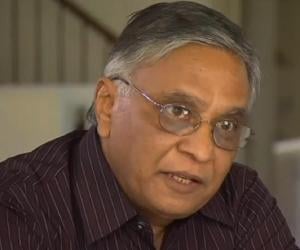
Indian-origin American surgeon Jayant Patel had a career chequered with medical negligence. After his medical license was restricted in the US, following a few cases of patient deaths, he was convicted for killing 3 patients at the Bundaberg Hospital in Australia and was banned from practicing in the country again.
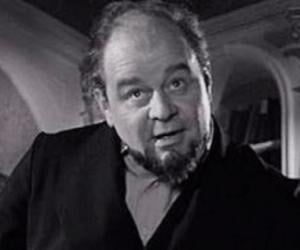
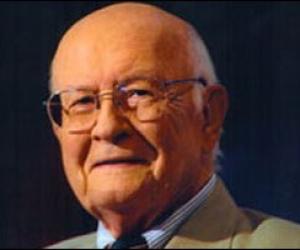
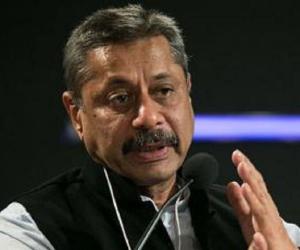
Naresh Trehan is an Indian cardiothoracic and cardiovascular surgeon. Since 1991, Trehan has been serving as the personal surgeon of the President of India. Over the course of his illustrious career, Naresh Trehan has been honored with several prestigious awards, such as the Bidhan Chandra Roy Award, Lal Bahadur Shastri National Award, and Padma Bhushan, India's third-highest civilian honor.
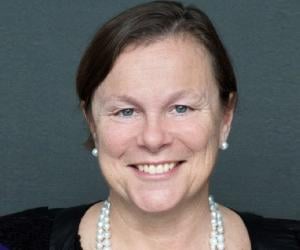
English-Australian plastic surgeon Fiona Wood pioneered the spray-on skin method of treating burn victims. Before stepping into a medical career, she had aspired to be sprinter. She later became the first woman from Western Australia to become a plastic surgeon. She was named the 2005 Australian of the Year.
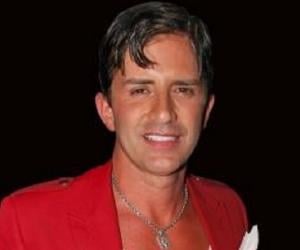
Brazilian American plastic-surgeon and television-presenter Roberto Rey featured on the American reality television series Dr. 90210 that focusses on plastic surgery in the affluent suburb of Beverly Hills, California. He is a member of the American Medical Association and the Los Angeles Medical Association. He unsuccessfully ran for a seat in Brazil's Chamber of Deputies during the 2014 Brazilian general election.
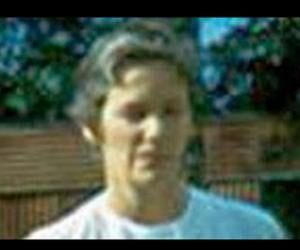
Grethe Rask was a Danish surgeon and physician. She worked in Zaïre, where she had set up her own hospital. In 1977, Rask returned to Denmark after developing symptoms of an unknown disease. Grethe Rask died in the same year and the disease was later identified as AIDS, making her one of the first non-Africans to have died of AIDS.
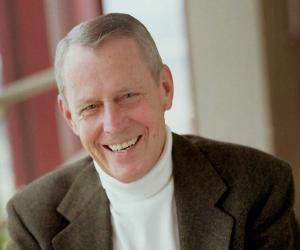
Thomas Starzl, the pioneer of the liver transplant surgery, initially wished to become a priest but deviated to medicine after the death of his mother from breast cancer. He is also known for his bestselling memoir, The Puzzle People, and for the documentary Burden of Genius, which was inspired by him.
Edward Dunlop was an Australian surgeon who was held prisoner by Japanese soldiers during the Second World War. After becoming a prisoner of war, Dunlop flaunted his leadership skills, for which he is remembered today. In 1988, he was included in the 200 Great Australians list.
Nobel Prize-winning American plastic surgeon Joseph E. Murray is remembered for conducting the first kidney transplant on identical twins. He later used immunosuppressive drugs and thus successfully conducted kidney transplants from unrelated donors. The Harvard alumnus later also taught at his alma. He appears in the book Beyond Recognition.
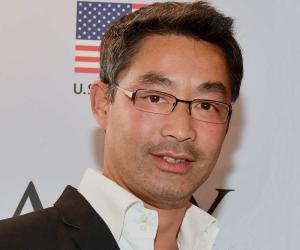
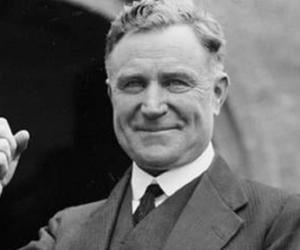
Country Party leader Earle Page was not just Australia’s minister of health and commerce but had also been its prime minister for 19 days, after the death of prime minister Joseph Lyons. His efforts to bring about a comprehensive national health plan was appreciated by all. He was also knighted.
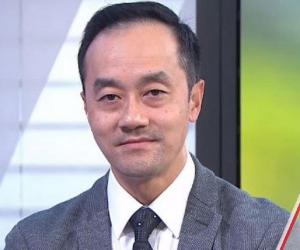
Koh Poh Koon is a Singaporean politician and the current Senior Minister of State for Sustainability and the Environment as well as the Senior Minister of State for Manpower. Koh Poh Koon has also served as the Senior Minister of State for Health, Senior Minister of State for Trade and Industry, and Senior Minister of State for National Development.
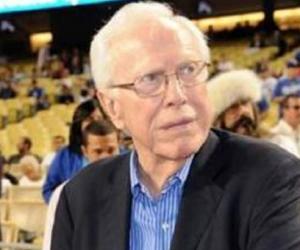
American orthopedic surgeon Frank Jobe is best remembered for pioneering the Tommy John surgery for baseball athletes, named after Los Angeles Dodgers player Tommy John, on whom the surgery was first performed. He also co-wote books such as Play Ball! and 30 Exercises for Better Golf.
